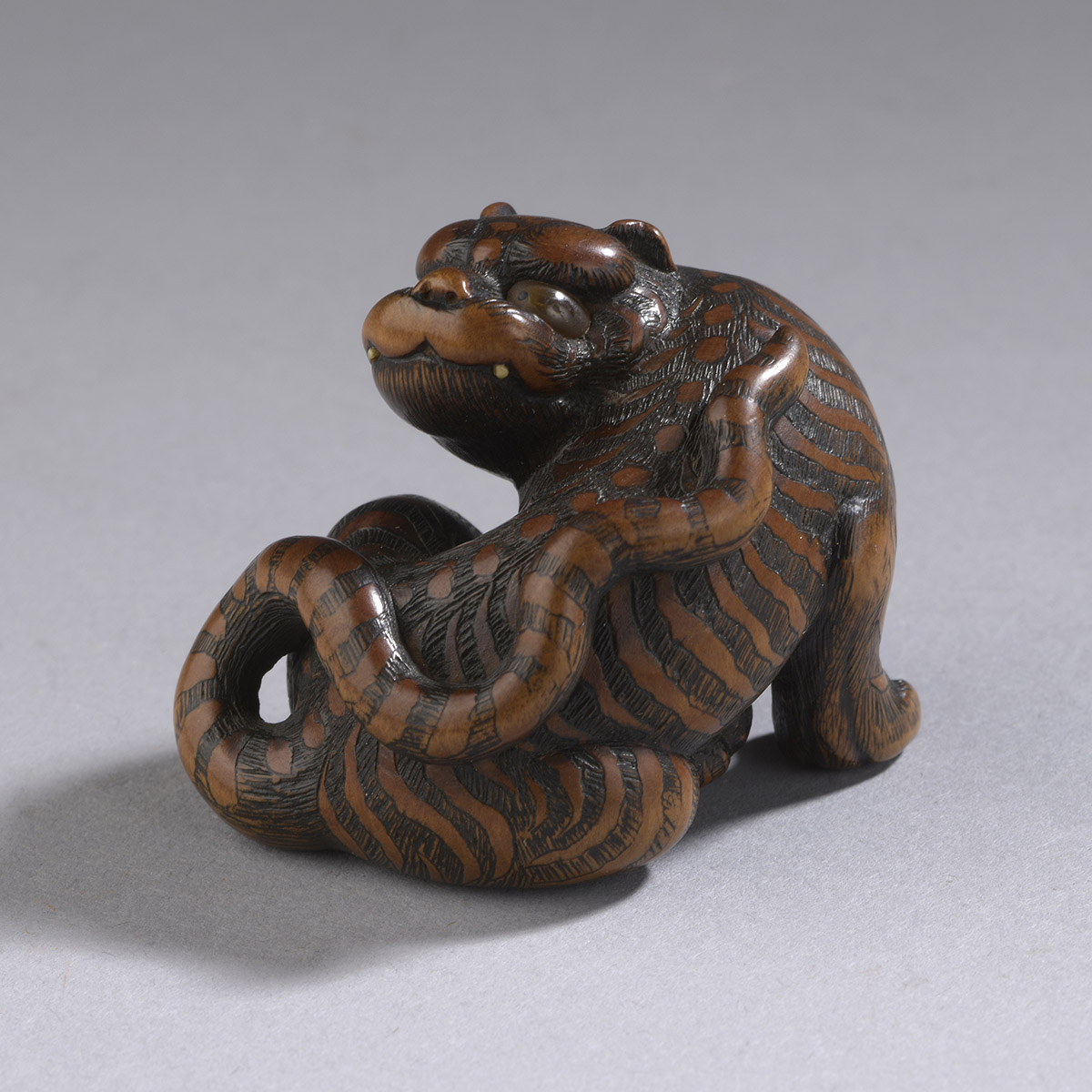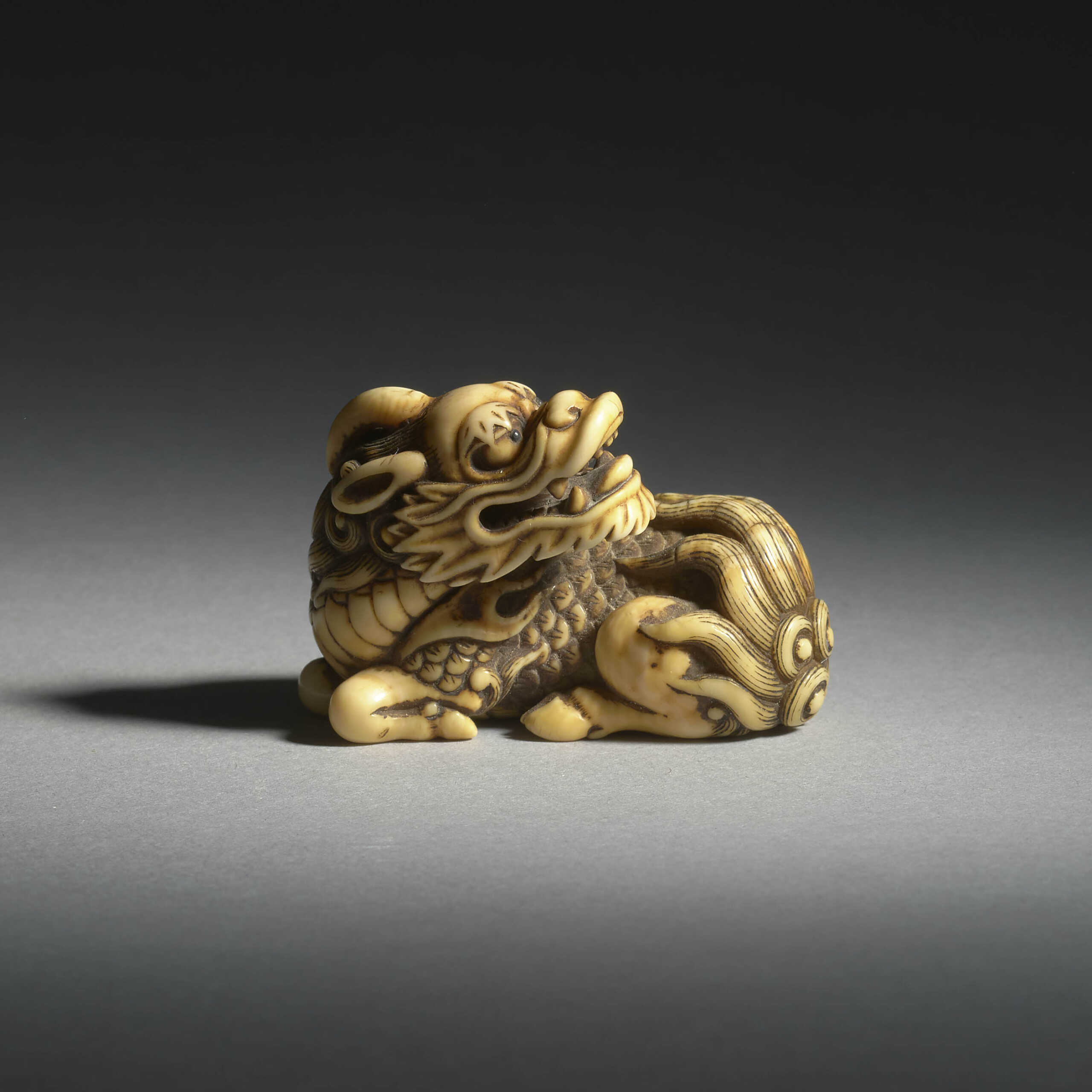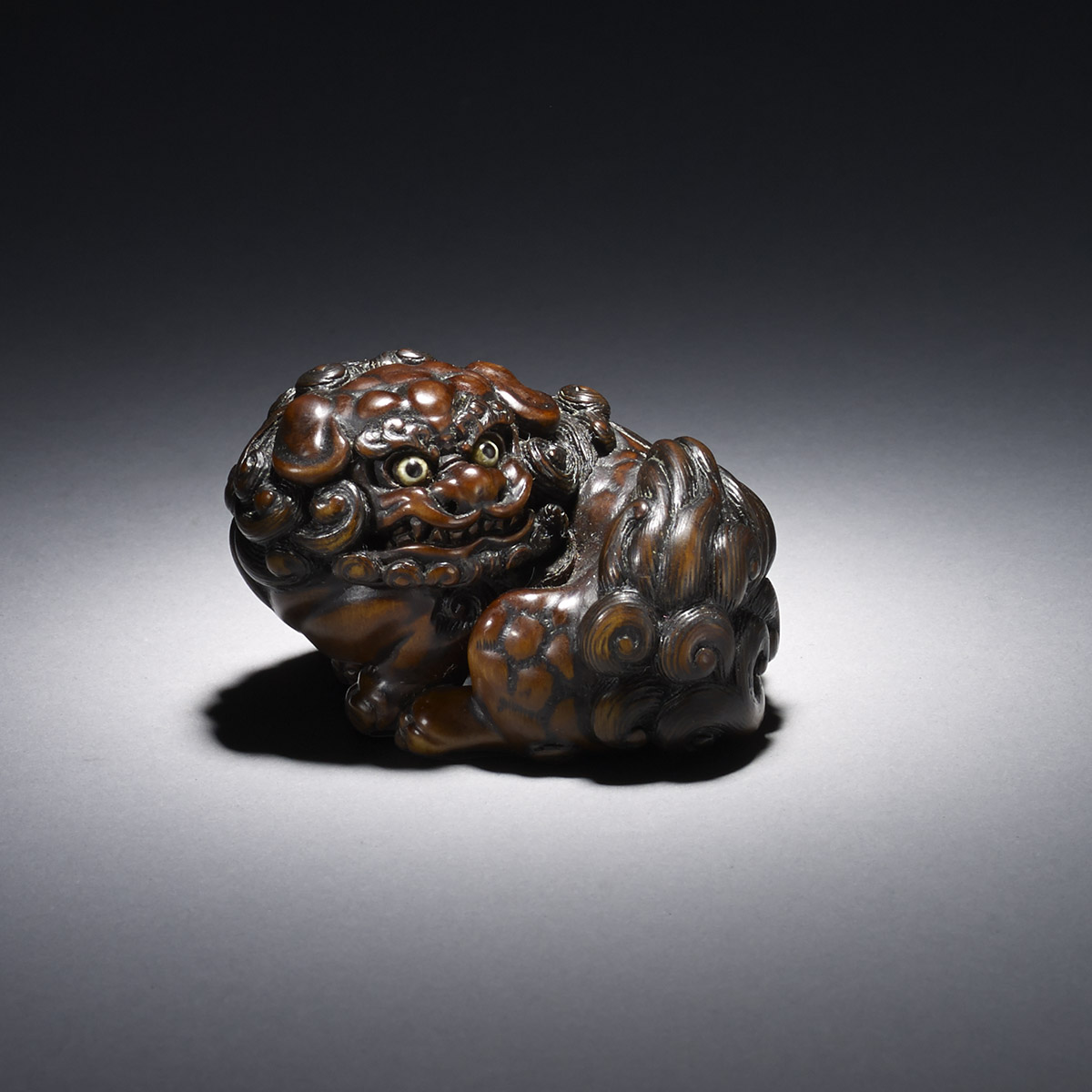10 Common Myths About Netsuke Collecting
What Are Netsuke?
Netsuke are small, intricate carvings made predominantly from wood, ivory, or bone, used as fasteners for traditional Japanese garments. These tiny works of art have captured the imagination of collectors worldwide. However, as with any area of collecting, some myths and misconceptions can hinder enthusiasts from fully appreciating and enjoying the art of netsuke collecting. In this article, we will debunk 10 common myths about netsuke collecting.
-
All Netsuke are Japanese
While netsuke originated in Japan, there are also Chinese and Korean counterparts. Many of the latter were made for export and have gained popularity among collectors. It's essential to understand the differences and appreciate the unique characteristics of each region's carvings.
-
Netsuke are Strictly Functional
Although netsuke were initially designed as utilitarian objects to secure belongings to traditional Japanese garments, they quickly evolved into intricate and expressive formsof art. Many collectors today are more interested in the craftsmanship and aesthetic value of netsuke than their original function.

-
Ivory Netsuke are Illegal
The sale and trade of new ivory items are indeed illegal in many countries due to the endangered status of elephants. However, antique ivory netsuke made before the ban are still legal to collect and trade in most places, provided they are accompanied by proper documentation proving their age and origin.
-
Netsuke are Always Expensive
While it's true that some netsuke can fetch astronomical prices at auctions, there are still affordable options for collectors at different price points. Beginners can find decent-quality netsuke at lower prices, while more experienced collectors may opt for rare and exquisite pieces. The key is to research, learn about the artists and materials, and develop an eye for quality.
-
Size Determines Value
Though some may assume that larger netsuke are more valuable, size is not the primary factor in determining a piece's worth. Rarity, craftsmanship, materials, and the artist's reputation are more critical in assessing a netsuke's value.
-
Only Traditional Subjects are Collectible
While many netsuke depict traditional Japanese subjects like animals, folklore characters, and scenes from daily life, contemporary artists have also embraced this art form. Modern netsuke may feature pop culture icons, abstract designs, or other unconventional subjects. Collectors can appreciate the full spectrum of creativity in both traditional and contemporary netsuke.
-
Netsuke Must Be Signed to Be Valuable
A signature can sometimes help identify the artist and increase a netsuke's value, but it's not a requirement. Many unsigned netsuke are still highly regarded for their artistic merit and craftsmanship. In some cases, an expert can attribute unsigned pieces to a specific artist or workshop based on style and technique.

RARE NETSUKE OF A KIRIN BY YAMAGUCHI OKATOMO
-
Only Wood and Ivory Netsuke Are Worth Collecting
Although wood and ivory are the most commonly used materials in netsuke, other materials like bone, horn, metal, and even ceramics have been employed by skilled artisans. Each material has its unique qualities and challenges, which can contribute to a piece's artistic value. Collectors should not limit themselves to only wood and ivory but explore the fascinating diversity of materials used in netsuke art.
-
Netsuke Collecting is a Dying Hobby
While it's true that traditional Japanese garments are less commonly worn today, the appreciation for netsuke as art objects continues to thrive. With a growing interest in Japanese culture and art globally, new collectors are continuously discovering the beauty and intricacy of netsuke. This renewed interest, combined with modern artists continuing to create innovative netsuke, ensures that the hobby remains vibrant and alive.
-
You Can't Handle Netsuke
One of the unique aspects of netsuke is that they are tactile art objects meant to be touched and appreciated up close. Handling netsuke not only allows collectors to examine the details and craftsmanship more closely but also deepens their connection to the piece. Of course, care should be taken when handling any valuable art object, but don't be afraid to enjoy your Netsuke collection with your sense of touch as well as your eyes.
Netsuke Collecting FAQs
Q: What are netsuke and what was their original purpose?
A: Netsuke are small, intricately carved objects that were traditionally used in Japan to fasten small personal belongings like pouches and inro (small cases) to the sash (obi) of a kimono. Over time, they evolved from functional items into decorative and artistic objects, prized for their craftsmanship and intricate designs.
Q: What materials are commonly used to make netsuke?
A: The most common materials used for making netsuke are wood and ivory. However, other materials like bone, horn, metal, and ceramics have also been employed by artisans, resulting in a wide variety of netsuke to collect.
Q: How can I determine the value of a netsuke?
A: The value of a netsuke depends on several factors, including rarity, craftsmanship, materials, and the artist's reputation. To accurately assess the value, it's essential to research and develop a keen understanding of netsuke art and the market.
Q: Are there any legal concerns when collecting ivory netsuke?
A: The sale and trade of new ivory items is illegal in many countries due to the endangered status of elephants. However, antique ivory netsuke made before the ban are still legal to collect and trade in most places, provided they have proper documentation proving their age and origin. Be sure to familiarize yourself with the laws in your country before purchasing ivory netsuke.
Q: How can I start a Netsuke collection?
A: Begin by educating yourself about netsuke art, history, and artists. Visit museums, galleries, and auctions to gain a better understanding of the market and the variety of netsuke available. Start with more affordable pieces and gradually work your way up to more valuable and rare items as you develop your eye for quality and refine your preferences.
Q: How should I store and care for my Netsuke collection?
A: Proper storage is essential for preserving the condition of your Netsuke collection. Keep them in a dry, cool environment away from direct sunlight or extreme temperatures. Handle your netsuke gently, and avoid touching them with dirty or oily hands. If you need to clean them, use a soft cloth or a soft-bristle brush to remove dust or dirt.
Q: Are there any online resources or communities for Netsuke collectors?
A: Yes, there are online forums, websites, and social media groups dedicated to netsuke collecting where you can connect with fellow collectors, share information, and learn from experts. Some examples include Max Rutherston and various Netsuke-related Facebook groups. By joining these communities, you can stay up-to-date with the latest trends, market news, and make valuable connections within the world of netsuke collecting.
Conclusion
By debunking these common myths about netsuke collecting, we hope to encourage enthusiasts to approach this fascinating art form with a more open and informed perspective. As you continue to explore the world of netsuke, remember that knowledge, curiosity, and appreciation for craftsmanship are the cornerstones
Editor's Note
I would like to thank Max Rutherston, Author, Japanese Art dealer and Gallery Owner for the use of his images for this article.
Max is an expert in the valuation of Netsuke as well as other Japanese art. As an Art Dealer Max sells and buys Netsuke from his gallery which is open by appointment only.

